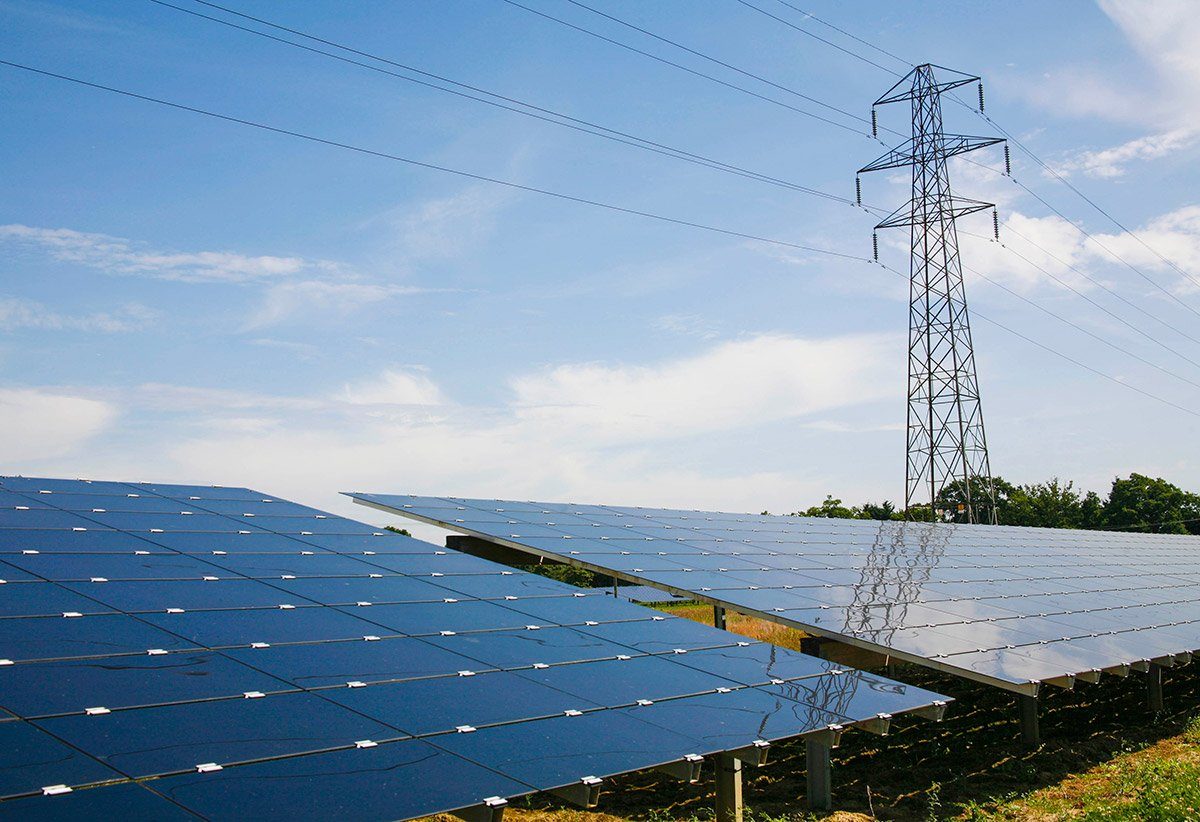In June 2016, the Victorian Government committed to renewable energy targets for the State. These targets passed into law in October, with the Victorian Renewable Energy Auction Scheme (VREAS) established as a mechanism to reach the targets. Last month, the reverse auction opened on the Tender Victoria website and looks to see 650 MW of renewable energy projects, including 100 MW set aside exclusively for PV power plant projects.
In addition to mandatory planning permit requirements, projects will have to satisfy 13 key eligibility criteria. One of these criteria is demonstrating inclusive community engagement, including a benefit sharing program developed in collaboration with community, and letters of support from the community. Projects will also be evaluated throughout the planning, construction and operating phases by an independent committee.
Benefit sharing requirements through VREAS are a first for state governments in regulating renewable energy projects. When done in-line with the scale of the project, benefit sharing can provide value through a fair process and a fair outcome.
Katrina Hermann, Manager of the Victorian Renewable Energy Target Implementation told the industry at a briefing in November, “There’s clear evidence that if done correctly benefit sharing can help build support for your project – it’s about being a good neighbour”.
To support VREAS, the Department of Environment, Land, Water and Planning (DELWP) reports that it spent nearly 18 months producing an industry guide for community engagement, titled Community Engagement and Benefit Sharing in Renewable Energy Development. The guide notes that community engagement and benefit sharing programs have historically been inconsistent in the renewable sector, with varying degrees of genuine commitment to community participation.
DELWP told pv magazine Australia in a statement, “The Victorian Government learnt that getting the right mix of commercial, local community and policy objectives was a delicate balance that could not be achieved unless developers genuinely respected their local communities. We hope that by encouraging best practice, communities will support projects and look forward to the opportunities they offer their local region.”
To be eligible for VREAS, developers must demonstrate that they have understood community concerns and aspirations, incorporated these concerns into project decisions, and communicated these decisions locally. However, the guide intends to provide flexibility, rather than mandate an approach to engagement. “We want to provide a range of tools for developers to consider and we want to make sure developers have undertaken engagement in collaboration with their community,” Hermann said.
Other projects not participating in VREAS could also benefit from engagement processes outlined in the guide, and DELWP said, “It is reasonable to expect that future commercial renewable energy projects will be expected to follow a similar approach.”
In Melbourne last week Katherine Teh-White, Managing Director of consultancy Future Eye, led a social licence workshop for large-scale solar professionals on behalf of the Clean Energy Council. The aim of the workshop was to better promote community engagement in renewables. Teh-White told pv magazine Australia, “There are benefits to having regulations that demand proactive social risk assessment in order to mitigate social risk by being more transparent about issues and earning a social licence to operate. I congratulate the Victoria Government on its initiative to seek long-term benefits for the renewable energy industry through proactive social risk management.”
To be eligible for VREAS, developers will need to provide five key documents: a social risk analysis, a community engagement strategy; a benefit sharing program; a reporting, monitoring and evaluation plan; and letters of support from the community. Details are available in the guide, with specific tips for developing a community engagement strategy for concentrated solar energy projects. “The Victorian Government is proud the guide has set a high benchmark and showcases best practice community engagement for the renewable energy industry,” DELWP said.
This content is protected by copyright and may not be reused. If you want to cooperate with us and would like to reuse some of our content, please contact: editors@pv-magazine.com.








By submitting this form you agree to pv magazine using your data for the purposes of publishing your comment.
Your personal data will only be disclosed or otherwise transmitted to third parties for the purposes of spam filtering or if this is necessary for technical maintenance of the website. Any other transfer to third parties will not take place unless this is justified on the basis of applicable data protection regulations or if pv magazine is legally obliged to do so.
You may revoke this consent at any time with effect for the future, in which case your personal data will be deleted immediately. Otherwise, your data will be deleted if pv magazine has processed your request or the purpose of data storage is fulfilled.
Further information on data privacy can be found in our Data Protection Policy.